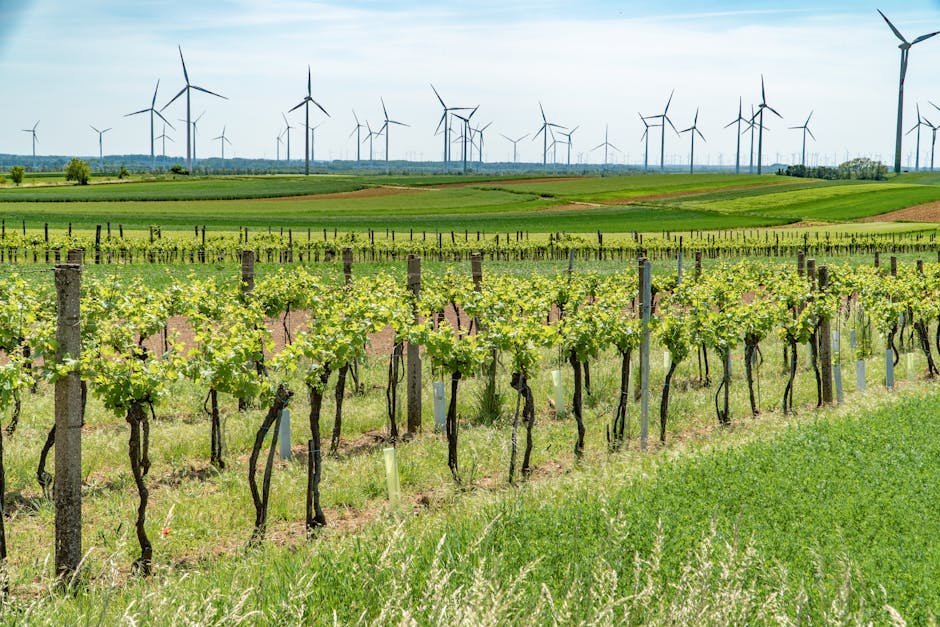Envisioning a world without major carbon dioxide (CO₂) emissions may seem like stepping into a sci-fi movie, yet it’s a concept that intrigues scientists, environmentalists, and dreamers alike. CO₂, a naturally occurring gas, plays a crucial role in Earth’s ecosystem, but excessive emissions from human activities have led to global warming and climate change. What if we could eliminate unnatural CO₂ emissions entirely? What would a zero-emission future look like? Let’s explore.
The Role of CO₂ in Our Ecosystem

Carbon dioxide is often seen as the villain in climate discussions, but it’s a vital component of our ecosystem. Plants, trees, and algae rely on CO₂ for photosynthesis, a process that produces oxygen and sustains life on Earth. Without CO₂, the balance of nature would be disrupted, leading to a cascade of unforeseen consequences. For instance, a lack of CO₂ could hinder plant growth, affecting food supplies for humans and animals alike.
Impacts on Climate Patterns
CO₂ is a greenhouse gas, trapping heat in the atmosphere and maintaining Earth’s temperature. A world without CO₂ emissions would likely experience significant climate shifts. While the immediate thought might be a cooler planet, the reality could be more unpredictable. Weather patterns could become erratic, with potential impacts on agriculture and water resources. This would require humans to adapt to new climatic conditions, reshaping industries and daily life in ways we might not yet fully comprehend.
Transforming Energy Systems
A zero-emission future necessitates a complete overhaul of our energy systems. Fossil fuels, the primary source of CO₂ emissions, would be replaced by renewable energy sources like solar, wind, and hydropower. This transition would not only reduce emissions but also drive technological innovation and economic growth. Imagine cities powered entirely by clean energy, where electric vehicles dominate the roads, and power plants emit nothing but clean air. The shift would be monumental, redefining how we produce, consume, and think about energy.
Redesigning Urban Landscapes
Cities would undergo a dramatic transformation in an emission-free world. Urban planning would prioritize green spaces, efficient public transport, and sustainable architecture. Skyscrapers might be covered in vertical gardens, and streets could be lined with trees that absorb atmospheric CO₂. The focus would shift from car-centric to pedestrian-friendly environments, promoting healthier lifestyles and reducing air pollution. Such changes would not only improve city living but also enhance our connection to nature.
A New Era for Transportation

Transportation is a major contributor to CO₂ emissions, and a world without it would revolutionize how we travel. Electric vehicles, powered by renewable energy, would become the norm, reducing air pollution and dependence on fossil fuels. Public transportation systems would expand, offering convenient and eco-friendly alternatives to personal vehicles. Additionally, advancements in technology could lead to innovations like hyperloop systems or hydrogen-powered aircraft, further reducing the carbon footprint of travel.
Implications for Agriculture

Agriculture is both a victim and a contributor to CO₂ emissions, and a zero-emission world would reshape farming practices. Techniques such as vertical farming, agroforestry, and precision agriculture would become standard, minimizing environmental impact while maximizing yield. Farmers would adopt sustainable methods that enhance soil health and reduce reliance on chemical fertilizers. This shift would not only mitigate emissions but also ensure food security for a growing global population.
Economic Shifts and Opportunities

A transition to a zero-emission world would bring about significant economic changes. Industries reliant on fossil fuels would need to adapt or risk obsolescence, while new sectors focused on sustainability would flourish. Job opportunities in renewable energy, green technology, and environmental conservation would rise, driving economic growth and innovation. This transformation would require collaboration between governments, businesses, and communities to ensure a just and equitable transition for all.
Rethinking Waste Management

An emission-free future would demand a reimagining of waste management systems. Recycling and circular economy principles would be at the forefront, reducing landfill waste and promoting resource efficiency. Innovations in biodegradable materials and waste-to-energy technologies would minimize emissions from waste processing. Communities would embrace sustainable practices, fostering a culture of conservation and stewardship. This shift would not only reduce emissions but also create healthier environments for future generations.
Enhancing Biodiversity

The reduction of CO₂ emissions would have positive effects on biodiversity. Ecosystems would be less stressed, allowing flora and fauna to thrive. Conservation efforts would focus on restoring natural habitats and protecting endangered species. A healthier planet would support diverse ecosystems, providing essential services such as clean air, water, and pollination. This biodiversity boost would enhance resilience to climate change, making ecosystems more adaptable to future challenges.
Social and Cultural Transformations
A world without CO₂ emissions would catalyze social and cultural changes. Communities would prioritize sustainability, embracing eco-friendly lifestyles and values. Education systems would incorporate environmental awareness, fostering a generation of environmentally conscious individuals. Cultural practices would evolve to reflect a deeper connection with nature, emphasizing harmony and balance. These shifts would redefine our relationship with the planet, creating a legacy of stewardship for future generations.

Jan loves Wildlife and Animals and is one of the founders of Animals Around The Globe. He holds an MSc in Finance & Economics and is a passionate PADI Open Water Diver. His favorite animals are Mountain Gorillas, Tigers, and Great White Sharks. He lived in South Africa, Germany, the USA, Ireland, Italy, China, and Australia. Before AATG, Jan worked for Google, Axel Springer, BMW and others.



